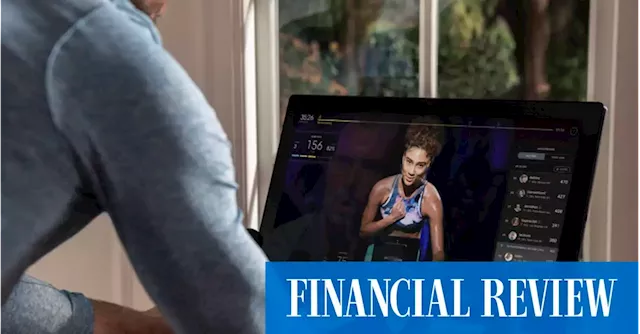Sure, it’s been only two years since the world experienced something similar, when the dawn of the pandemic set off a global crisis of confidence. But this is very different, and investors who are asking how soon the markets might hit the bottom risk missing the more important question: what next?
Where the modern cycle was characterised by globalisation made possible by a lack of geopolitical tensions, Oppenheimer sees a world of regionalisation, where fraught geopolitics and security concerns lead to on-shoring made possible by manufacturing technology that is far less labour-intensive than in the past.
The Japanese government’s attempts to push down energy demand amid rocketing prices – by asking citizens to switch off their toilet seat warmers –might sound silly, but it reflects an example of how Oppenheimer sees the world changing.seems certain to make permanent efforts to diversify away from Russian gas
First, he believes most of the inflationary forces we’re seeing now are transitory in nature and “background disinflation, which is today far stronger than it was in the ’70s , will re-assert itself”. But perhaps Shvets and Oppenheimer aren’t that far apart. The head of the Blackrock Investment Institute, Jean Boivin, says if central banks are unwilling to raise rates to the point where they crash the economy, they will probably have to accept a higher level of inflation than they have in the past. And that has ramifications for investors.
Finally, he’s hunting for companies that benefit from higher capex – mining giant Rio Tinto makes Goldman’s basket of stocks in this area.
Business Business Latest News, Business Business Headlines
Similar News:You can also read news stories similar to this one that we have collected from other news sources.
 Post-COVID-19 bull market fading fastThe S&P 500 has given back well over half the gains it booked since lockdowns began in earnest more than two years ago. it will give back all gains because there was no reason for any gains to begin with
Post-COVID-19 bull market fading fastThe S&P 500 has given back well over half the gains it booked since lockdowns began in earnest more than two years ago. it will give back all gains because there was no reason for any gains to begin with
Source: FinancialReview - 🏆 2. / 90 Read more »
